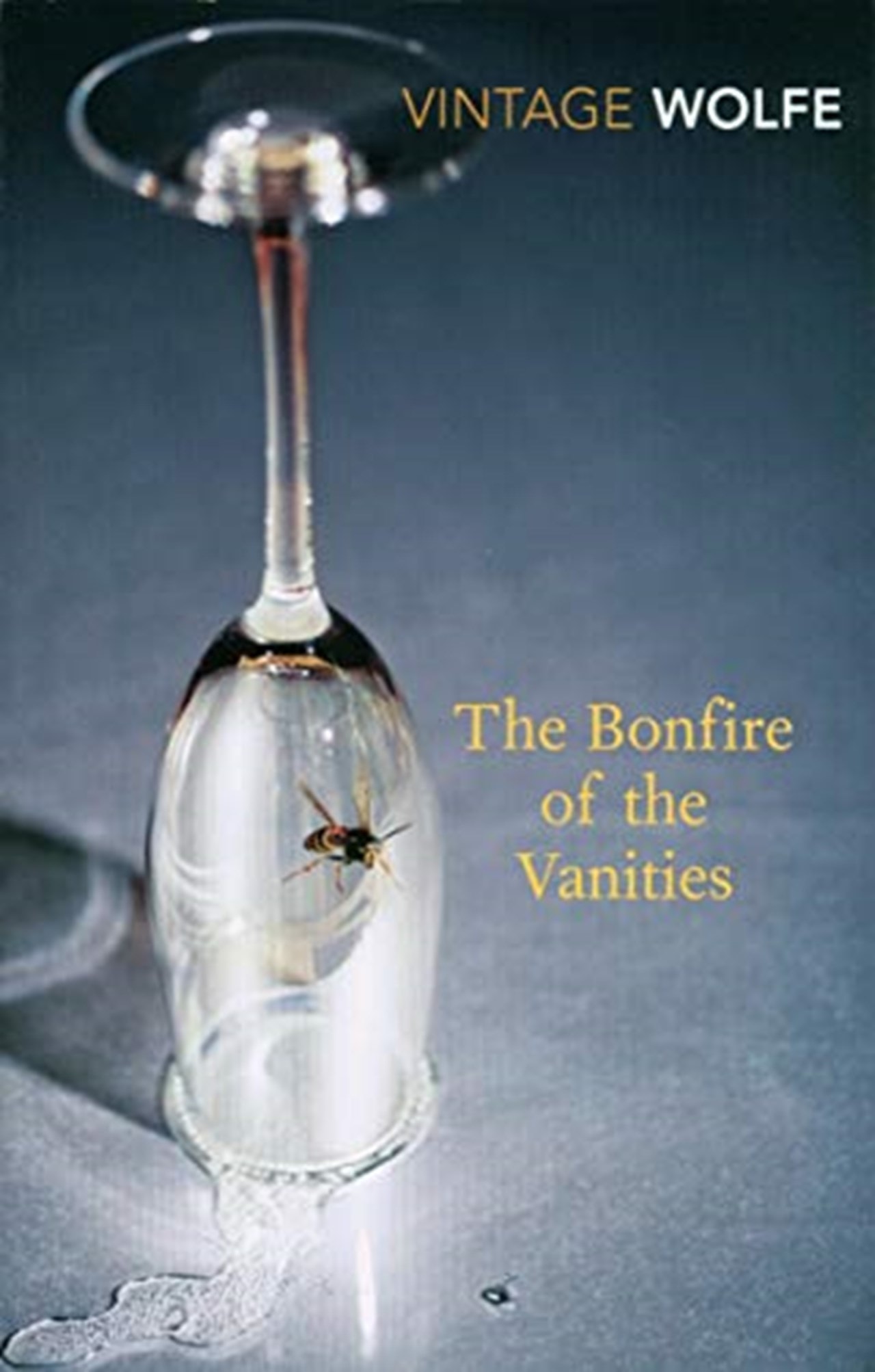



He collected various objects that he considered to be objectionable: irreplaceable manuscripts, ancient sculptures, antique and modern paintings, priceless tapestries, and many other valuable works of art, as well as mirrors, musical instruments, and books on divination, astrology, and magic. Starting in February 1495, during the time in which the festival known as Carnival occurred, Savonarola began to host a regular "bonfire of the vanities". His power and influence grew so much that with time, he became the effective ruler of Florence, and had soldiers for his protection following him around. Savonarola campaigned against what he considered to be the artistic and social excesses of Renaissance Italy, preaching with great vigor against any sort of luxury. Savonarola įra Girolamo Savonarola was a Dominican friar who was assigned to work in Florence in 1490, at the request of Lorenzo de' Medici – although within a few years Savonarola became one of the foremost enemies of the House of Medici and helped bring about their downfall in 1494. Other targets included books which Savonarola deemed immoral (such as works by Boccaccio), manuscripts of secular songs, and artworks, including paintings and sculpture.Īlthough often associated with Savonarola, such bonfires had been a common accompaniment to the outdoor sermons of San Bernardino di Siena in the first half of the 15th century. The focus of this destruction was on objects that might tempt one to sin, including vanity items such as mirrors, cosmetics, fine dresses, playing cards, and musical instruments. įrancesco Guicciardini's The History of Florence gives a firsthand account of the 1497 Florentine bonfire of the vanities. The phrase itself usually refers to the bonfire of 7 February 1497, when supporters of the Dominican friar Girolamo Savonarola collected and burned thousands of objects such as cosmetics, art, and books in the public square of Florence, Italy, on the occasion of Shrove Tuesday, martedí grasso. Supporters of Dominican priest Girolamo Savonarola collected and publicly burned thousands of objects, such as cosmetics, art, and booksĪ bonfire of the vanities ( Italian: falò delle vanità) is a burning of objects condemned by religious authorities as occasions of sin. Bernardino of Siena organising a vanities bonfire, Perugia, from the Oratory of San Bernardino, by Agostino di Duccio, built between 14īurning of objects condemned by authorities as occasions of sin


 0 kommentar(er)
0 kommentar(er)
